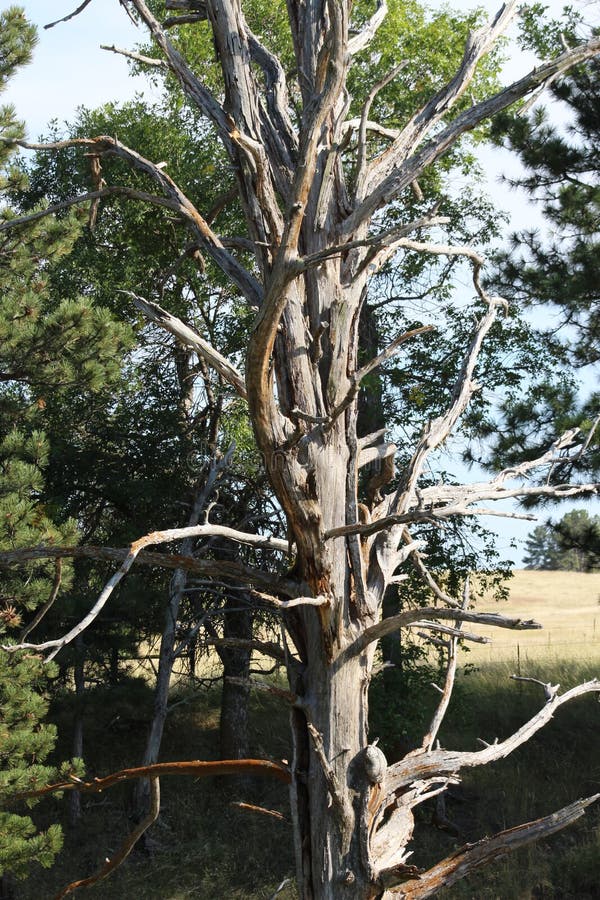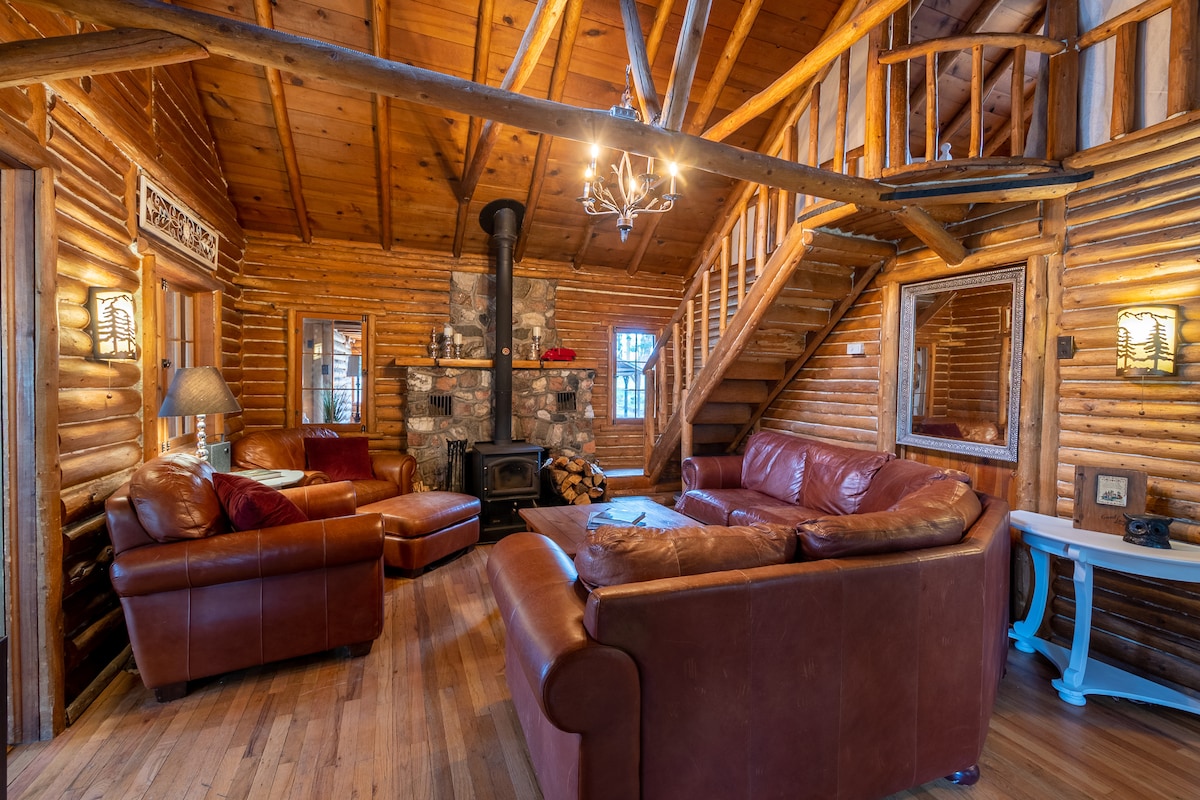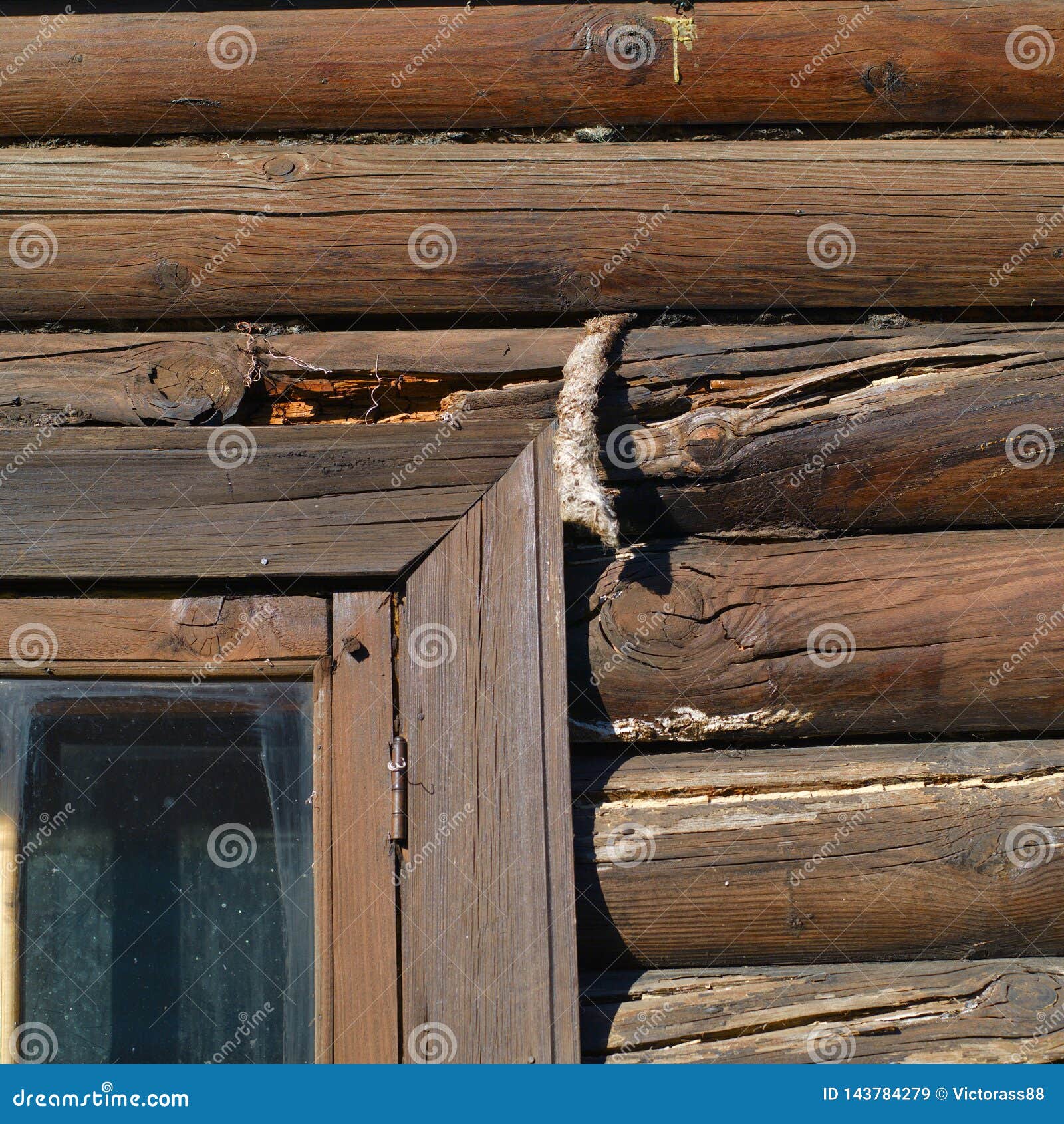

Grandpa hauled the big hand-hewn logs on a horse-drawn wagon to his farm and reconstructed the building minus the fireplace. Some 80 years later you can still count the nails in each log. The bottom log of each wall has one nail head showing from one end of the timber.

Eight nails for the eighth log, seven for the seventh round, and on and on. On the top log on each side, he drove in a corresponding number of nails into the end. To mark the logs he counted them from the bottom up. He painstakingly marked the logs and disassembled the one-room building from the top down. To make his first real barn affordable, Grandpa, then a young, struggling farmer with a wife and young kids, bought an abandoned log cabin on a nearby property. His second outbuilding was to be a larger barn with space for hay and grain storage in the main area and housing for animals and equipment in lean-to’s built on two sides. His first barn was a small stable made from rough-sawn lumber cut from trees on the property. In the early part of the 1900s, my paternal grandfather built a small frame home, three barns and a tool shed, chicken house, smokehouse, and outhouse on his rural farm.

I found that interesting because of something we have on our own property. In my research of the history of log construction, I learned that the oldest remaining log buildings still standing in the country were almost always converted to hay and grain storage, animal shelter or chicken coops as the owners advanced to more modern-built homes. The basics of log construction have changed but the feel remains the same as it was when this cabin was hand-hewn from virgin timber in the mid-1800s. By the very nature of the construction materials, few examples of early log cabins prior to the 19th century remain today. Ukrainian transplants, as well as Germans, who came to America, used similar techniques. It’s widely accepted that the earliest log structures built in the United States were erected by immigrants who migrated from Finland and settled down along the Delaware River in the early 1600s. More advanced double-notch joints as, copied in the children’s Lincoln Log toy design, were quickly found to make a building stronger with less reliance on filling the open space between with mud, or “chinking”. Those who originated log construction quickly moved from round log walls with gaping roofs to ventilate smoke from cooking and heating fires to hewn logs which allowed for a tighter fitment. By the time their descendants rode ships across the ocean to the “New Country” the Europeans had nearly perfected building all sorts of homes and outbuildings from logs. Log-cabin construction is widely attributed to northern Europe. It’s documented that an architect of the time noted buildings formed by stacking logs horizontally and filling any gaps with mud and debris. While the log cabin seems to be an American icon-think Abraham Lincoln growing up in rural Illinois-in reality, building by stacking logs together to form walls reaches as far back as the Roman Empire. An Illustrated History of Log Cabins Log-home construction was probably first popularized in northern Europe, witness this square-log cottage standing today in the Belarusian city of Gomel which dates back to 1142. That’s when I learned the importance of words such as “ambiance,” “warmth,” and “feel”-all things you find in a log home. Later on, I would study log-home construction and eventually deal in real estate for a few years. I suspect, as a little kid, the draw was that someone had built a real building by stacking sticks together. Perhaps it’s all those early years playing with my Lincoln Log set as a small boy, I’m not sure but I feel it every time I even see a log cabin. There’s just something intriguing about log cabins… old ones for sure, but even new ones can carry a built-in comfort not found in a brick and mortar home.

Every time I pass that cabin-and I estimate it’s been thousands of times in 46 years-I wonder about the life that once filled its rustic confines. Just down the road from our house sits a sagging cabin made from hand-hewn logs with a low ceiling and raggedly sturdy stone fireplace standing guard on one end.


 0 kommentar(er)
0 kommentar(er)
